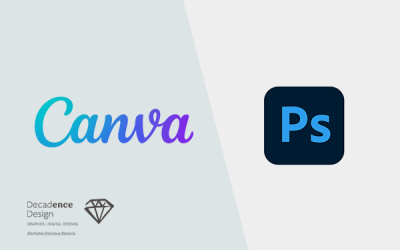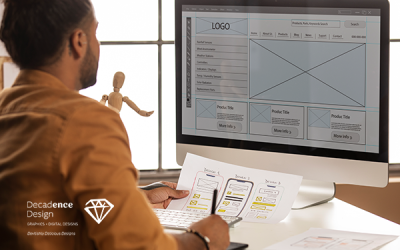Embarking on a design journey can be both exhilarating and daunting, especially if you’re a newcomer to the creative world. However, the blank canvas stares back at you, awaiting your artistic touch. But where do you begin? Fear not, as this article aims to guide design newbies through the essential steps of brainstorming and finding graphic design inspiration for beginners to transform that empty page into a visually stunning masterpiece.
Understanding Graphic Design Inspiration for Beginners
Define Your Purpose and Audience:
Before diving into the creative process, it’s crucial to understand the purpose of your design and identify your target audience. Are you creating a website, a poster, or a logo? Who is your intended audience? Answering these questions will provide a solid foundation for your design journey.
Research and Gather Information:
Knowledge is power, and the more you know about the subject matter, the better your design will be. Conduct thorough research, collect relevant information, and immerse yourself in the context of your project. This knowledge will serve as the building blocks for your design.
Create a Mood Board:
One effective way to kickstart your design process is by creating a mood board. Gather images, colors, textures, and typography that resonate with the emotions and themes you want to convey. This visual collage will help you establish a visual direction and set the tone for your design.
Sketch and Brainstorm:
Don’t hesitate to put pen to paper and start sketching out your ideas. Allow your creativity to flow freely without worrying about perfection at this stage. Sketching is a powerful tool for brainstorming and visualizing concepts before translating them into digital or refined forms.
Explore Design Trends:
Stay informed about current design trends, but also be open to pushing boundaries and creating something unique. Platforms like Behance, Dribbble, and Pinterest are treasure troves of design inspiration. Explore the work of seasoned designers and observe emerging trends to fuel your creativity.
Colour Psychology:
Delve into the world of color psychology to understand the impact of different hues on emotions and perceptions. Choose colors that align with the mood and message you want to convey in your design. Tools like Adobe Colour Wheel can assist you in creating harmonious color palettes.
Typography Matters:
Experiment with different fonts to find the perfect typography for your design. Consider the readability and personality of each font and how it complements the overall aesthetic. Striking a balance between creativity and legibility is key.
Iterate and Refine:
Design is an iterative process. Don’t be afraid to make changes and refine your work. Seek feedback from peers or mentors to gain fresh perspectives and insights. Embrace constructive criticism as it is a valuable tool for growth.
Stay Inspired and Take Breaks:
Design burnout is a real thing, so remember to take breaks and recharge your creative energy. Explore other art forms, visit museums, read books, or simply go for a walk. Inspiration often strikes when you least expect it.
Tools of the Trade:
Familiarize yourself with design tools such as Adobe Creative Suite (Photoshop, Illustrator, InDesign) or alternative platforms like Canva and Figma. Learning the ins and outs of these tools will empower you to bring your creative visions to life.
Embarking on a design journey as a newbie can be challenging, but with a combination of research, experimentation, and a touch of inspiration, you can turn that intimidating blank page into a captivating design. Moreover, remember that creativity is a journey, not a destination, so enjoy the process and celebrate your growth as a designer. Happy creating!
From Blank Page to Beautiful: Graphic Design Inspiration for Beginners
XML link | All feed





